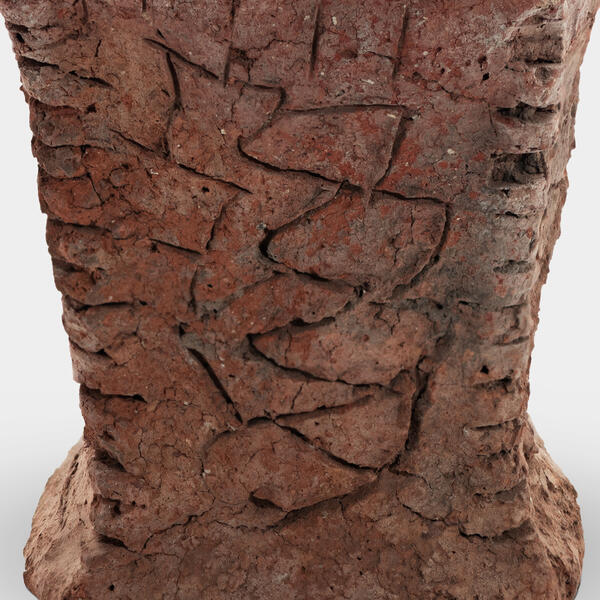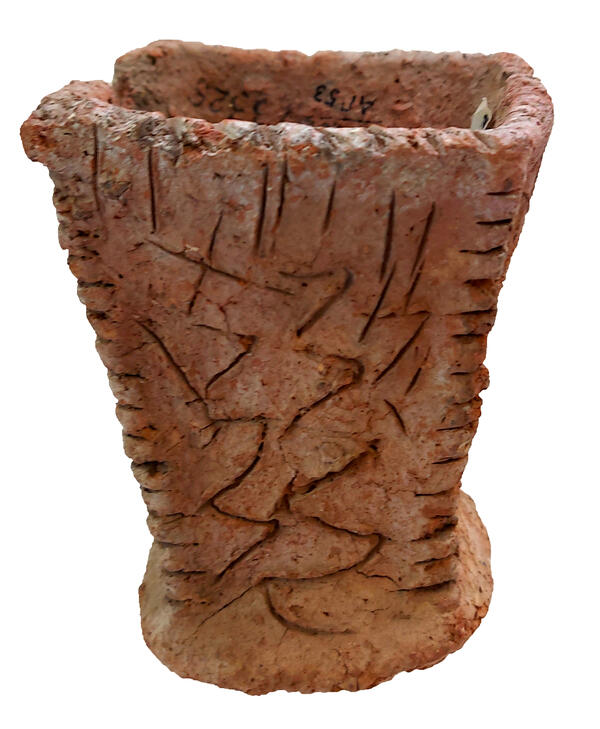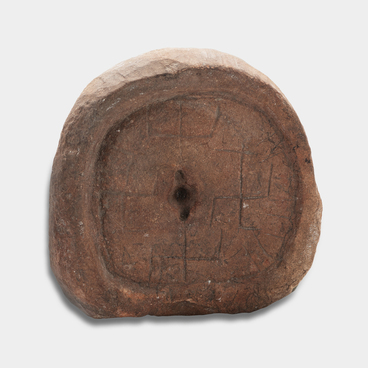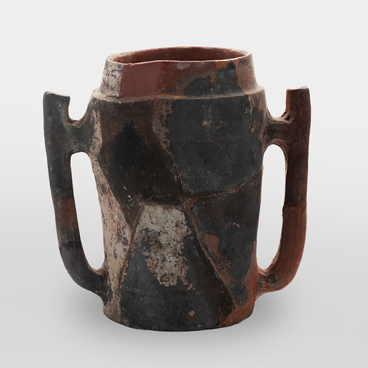Among the various molded ceramics found at the Tanais settlement and necropolis, incense burners are quite noteworthy. They were used in ritual and cult practices.
The incense burners came in a variety of shapes. They were typically made of poorly purified clay that contained various impurities. They were fired in kilns, like all ceramic vessels. Incense burners are often found during excavations at Tanais estates and the necropolis, as they were used in various rituals and ceremonies. As a rule, aromatic substances and herbs were burned in them to create a certain atmosphere for these rituals. Most incense burners show signs of burning on their walls and inside the bowl. According to one theory, burning aromatic substances was a ritual to cleanse the soul of the deceased and was performed immediately before burial.
The incense burner on display at the Tanais Archaeological Museum-Reserve was discovered in 1979 in a basement in Tanais. It is a tall vessel with an almost square cross-section that slightly tapers towards the bottom and then flares at the square base. The bottom of the censer is flat. The upper edge is decorated with vertical notches. Along the angular ribs, slightly projecting towards the sides, horizontal notches are applied. On the side surfaces, there are various haphazard lines drawn on the raw clay, creating zigzags, triangles, and wavy patterns. The loose clay is light orange in color and has some inclusions.



